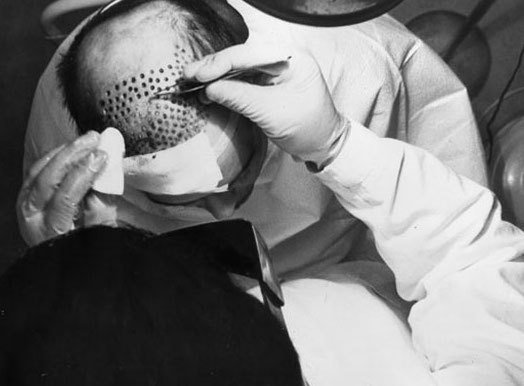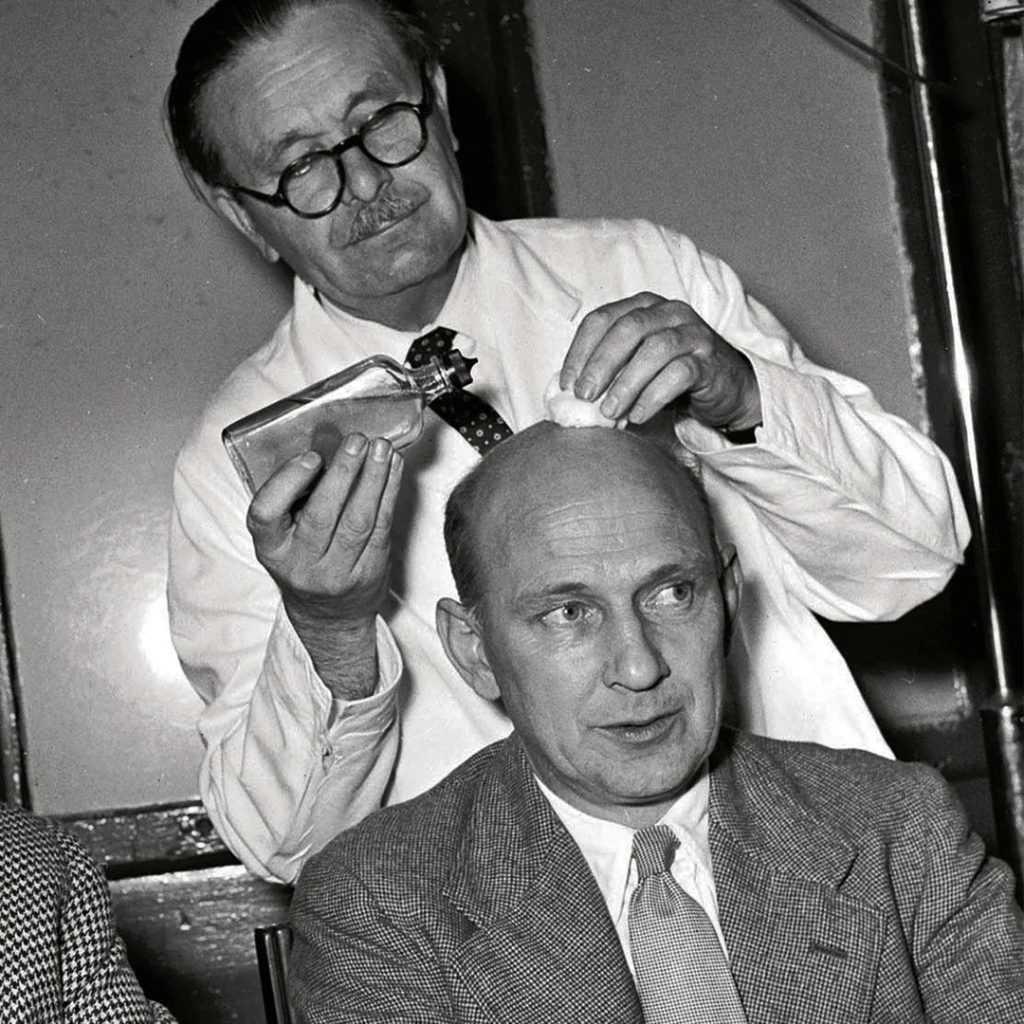Hair loss is a deeply personal concern for millions of people. Today, when we talk about hair transplantation, we think of a modern, safe procedure with amazing and natural-looking results. But have you ever wondered how we got here? The road has been long, full of courage, strange experiments, and brilliant discoveries. Let’s take a journey back in time to discover the incredible history of hair transplantation.
The first steps: When the idea took shape (19th century)
It all started as a spark of curiosity in the minds of 19th-century doctors. In 1822, in Germany, a doctor named Johann Dieffenbach and his students dared to do something unimaginable: they tried to transplant small pieces of skin with hair from animals to humans. Of course, these were just experiments and far from the solution we were looking for, but they were the first bold steps into unknown territory.
A few decades later, in 1897, a dermatologist in Istanbul, Dr. Menahem Hodara, took it a step further. He noticed that hair from other parts of the body, like the chest or arms, could be taken and used to treat areas of the scalp damaged by infections. The idea that hair could be “moved” from one place to another had begun to take shape.

The japanese vision: The silent revolution (1930-1945)
The real breakthrough came from an unexpected place and time: Japan, just before World War II. In 1939, Dr. Shoji Okuda developed a revolutionary technique. He used small instruments to extract and transplant grafts of 1 to 4 hair follicles. With this method, he successfully restored the hair, eyebrows, and mustaches of patients injured by burns. This was decades ahead of its time!
A few years later, in 1943, his colleague, Dr. Hajime Tamura, improved the technique even further, using even smaller grafts, a method that is remarkably similar to what we call modern today. But unfortunately, the noise of war drowned out the voice of science. These extraordinary discoveries remained isolated in Japan, and it took the Western world decades to rediscover them.
The birth of the modern era: The theory that changed everything (1950-1970)
The scene shifts to New York, where in 1952, Dr. Norman Orentreich did something that changed everything. He performed the first successful hair transplant to treat androgenetic alopecia, or as we all know it, typical male pattern baldness.
But his greatest contribution was a brilliant theory: “Donor Dominance.” What does this mean? Dr. Orentreich proved that the hair on the sides and back of the head is genetically programmed not to fall out. And the best part? This hair retains its “superpower” wherever it is transplanted. This discovery is the foundation upon which the entire success of modern hair transplantation is built.
The search for aesthetic perfection: The FUT technique (1980-1990)
Now that we knew the transplant worked, the next challenge was to make it look beautiful and natural. During the ’80s and ’90s, surgeons developed the FUT (Follicular Unit Transplantation) technique. This method involved removing a thin strip of skin from the back of the head, which was then carefully divided under a microscope into small follicular units. This brought a tremendous aesthetic improvement, creating a softer and more acceptable look.
The real revolution: FUE, DHI, and the future (1995-Present)
And so we arrive at the present day, in the era of maximum precision and naturalness.
FUE (Follicular Unit Extraction) technique: This is the technique that revolutionized the field. Instead of a strip of skin, with the FUE method, each follicle is extracted individually, one by one, directly from the donor area. The advantages are huge: it doesn’t leave the linear scar of the FUT method, recovery time is much faster, and the results are completely indistinguishable from natural hair.
DHI (Direct Hair Implantation) technique: If FUE was the revolution, DHI is its evolution. This sophisticated technique uses a special instrument called an “implanter pen” (Choi Pen), which allows the doctor to place the follicle directly into the skin without needing to open channels beforehand. This provides maximum control over the angle, depth, and direction of hair growth, ensuring the most natural density and appearance possible.
The future looks even more promising, with the use of robotics and Artificial Intelligence (AI) that will help in the selection and collection of follicles with a precision that surpasses even the human eye.
Write your own chapter in history
From the first experiments of the 19th century to the lost discoveries of Japan and the precise techniques of our time, the history of hair transplantation is a testament to the human desire for self-improvement. Today, you have the opportunity to benefit from the culmination of this long evolution.
Are you ready to write your own chapter in the history of your hair? Contact International Hair Clinic today for a free consultation and discover how the latest FUE and DHI technology can help you achieve the results you’ve always dreamed of.

